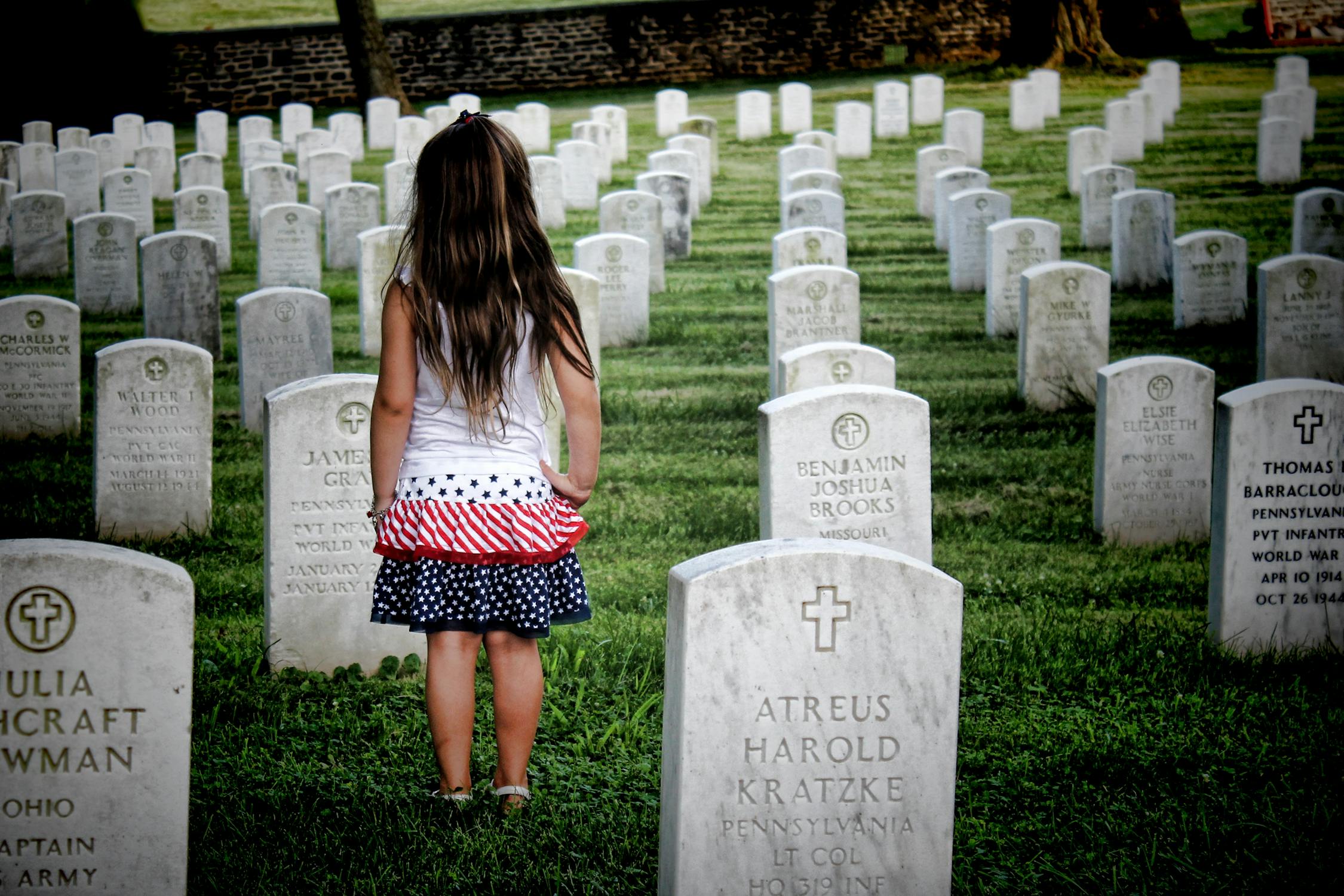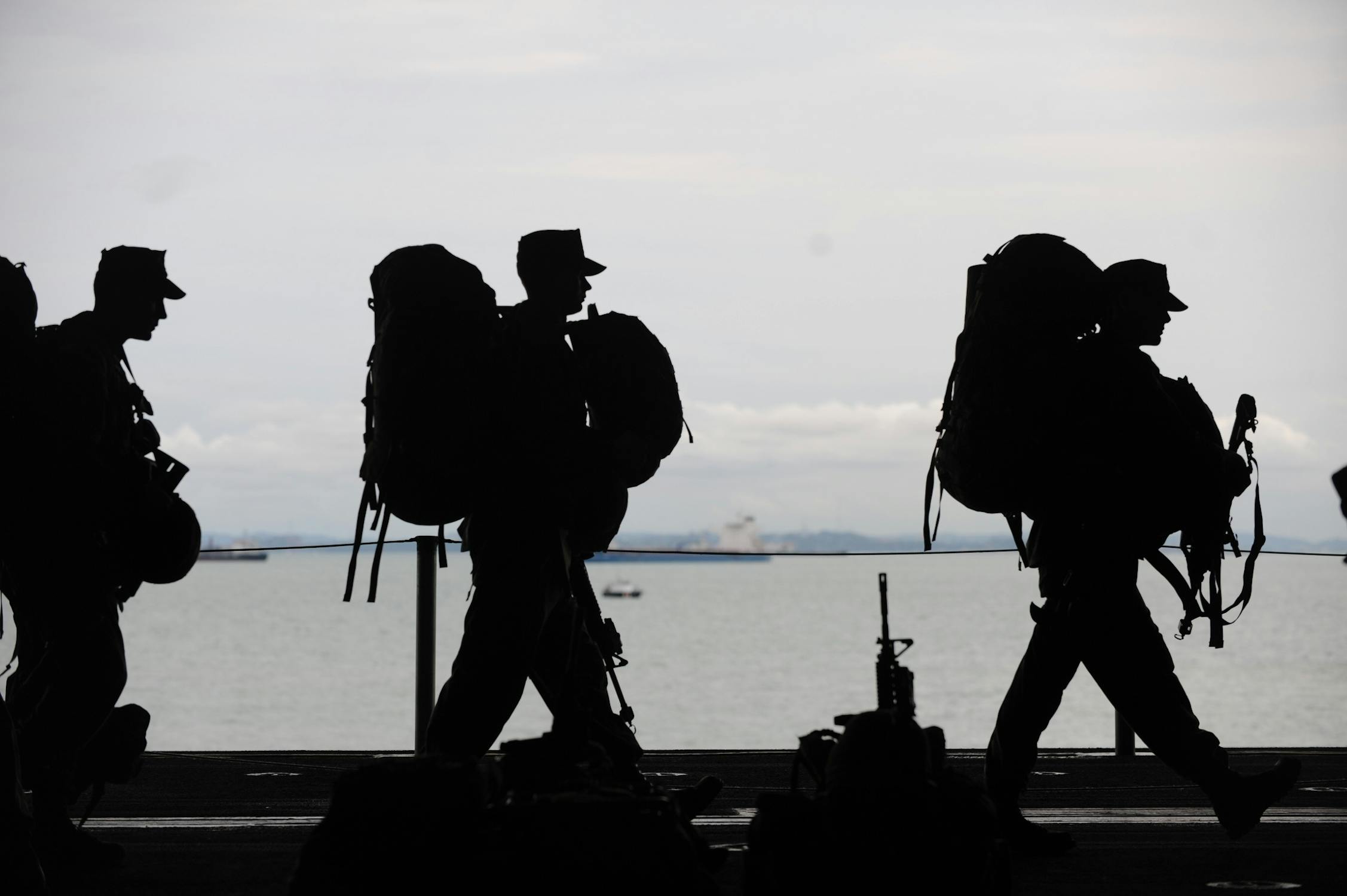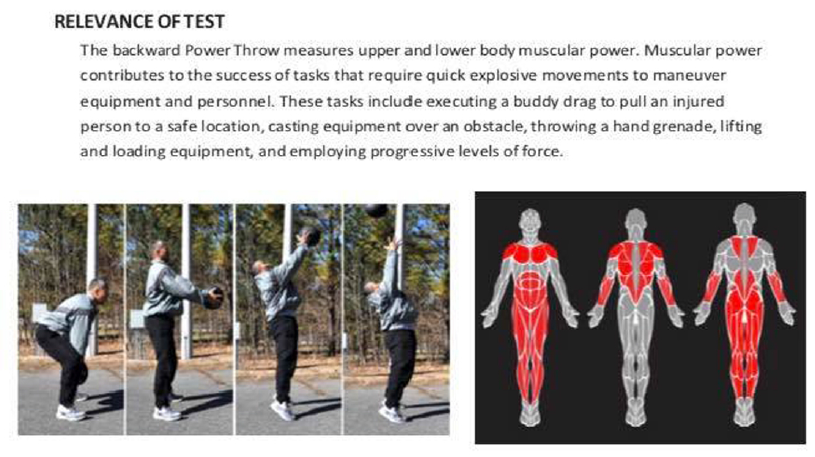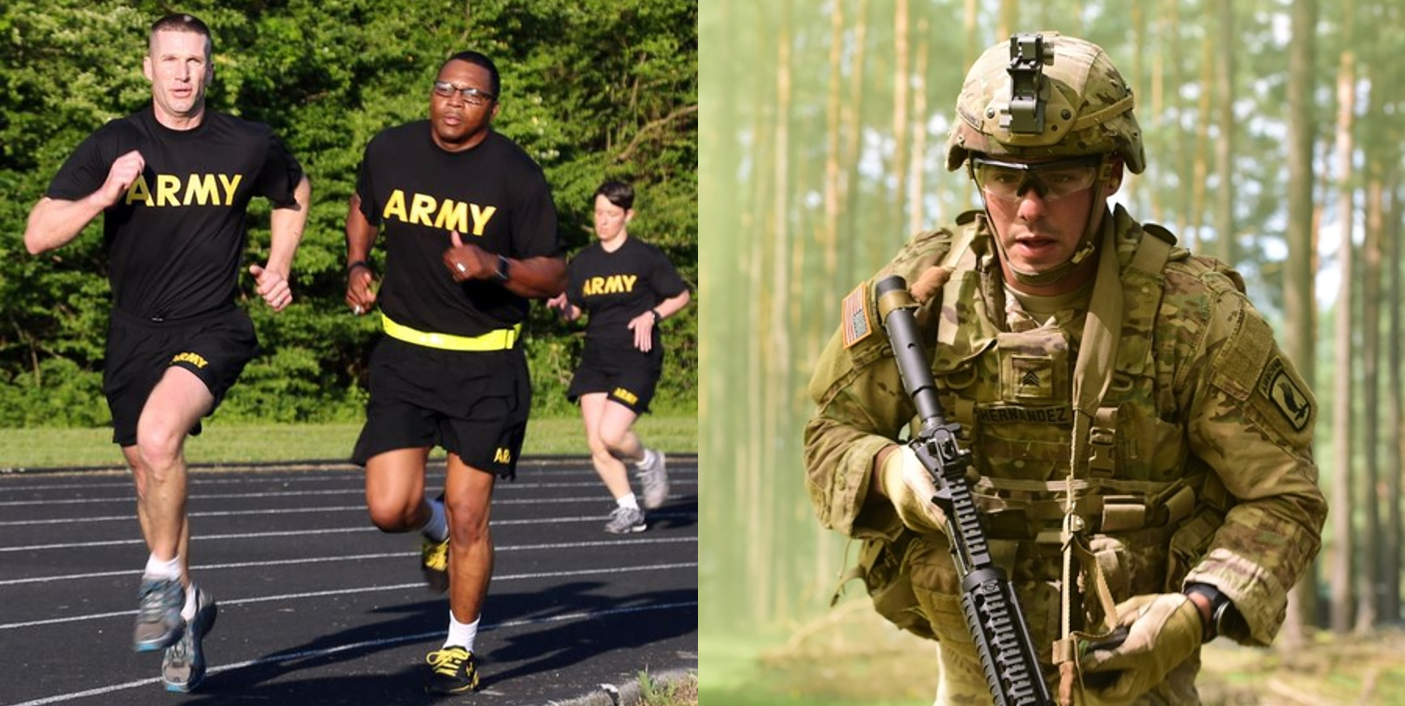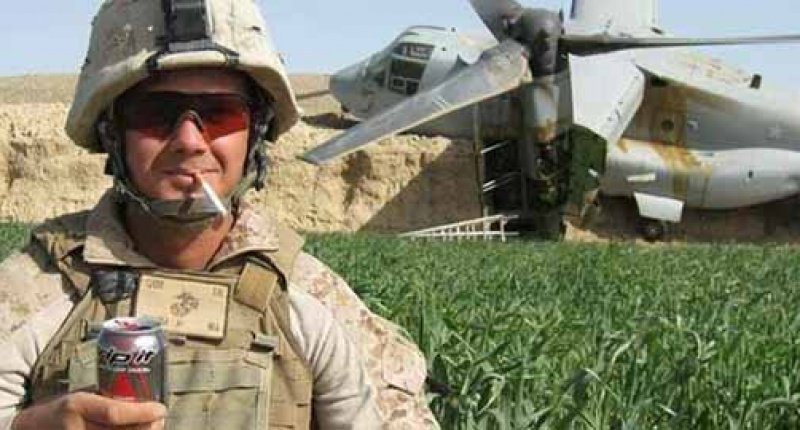
There are some hard lessons being learned about how we respond to a pandemic, and I’m lucky enough to be at one of the centers trying to figure out the problem. No we aren’t developing cures, or doing research, that’s for the heroes that matter. We are trying to preserve our ability to deploy a force of ready Soldiers and conduct combat operations. As always, I’ve identified some problems that I’d like to share in hopes that my peers and subordinates alike can read and learn from my time in staff purgatory.
- Failure to adapt
The number one problem we’ve been facing is the Army’s willingness to run into the brick wall until we break through with wanton disregard for our personal safety. Senior leaders have decided that COVID-19 is slowly approaching our defensive positions and we’re going to be able to react fast enough to keep it out, after identification. As we all know, that’s simply not the case with a viral pandemic. Our assumptions are old, outdated, and full of holes. This is blatantly apparent in the generation of officers raised prior to GWOT serving in senior positions now. With an organization as rigid and unflappable as the US Army, it’s hard to tell these boomers to open their eyes, which is the root of the problem, we fail to adapt.
Let me tell you first hand, our organization had insisted on maintaining physical meetings indoors until the end of March, only just publishing guidance to limit training to squad and below. Hell, the 82nd and 173rd did an airborne operation after the order to maintain social distancing. I’ve driven down streets watching Soldiers stand in formation, days after they were ordered not to. While this is a problem during the pandemic, I point to a larger problem which is our rigid adherence to “how we’ve always done it”. We just don’t like changing things. I knew this was a problem in 2010 when I was in Iraq and Frank our CSM insisted on PT formations outside, “just like garrison”. I would argue that both formations in the examples are stupid, and our leadership is the problem if they’re unwilling to step in and protect us from the madness.
Another scab that just won’t heal is the reliance on power point. Look, don’t get me wrong, power point can do some good, but it’s not the only tool in the kit. Part of my beef with power point is that it has prioritized optics over content. I’ve physically seen officers be denigrated in public for having the wrong font. We’re so worried that icons aren’t aligned that we lose picture of the operational framework. Couple this emphasis on aesthetics with an actual crisis and we lose critical horse power that could be utilized to do good. In other words, Arial font wont kill COVID, get over it Boomer.

Last point here, let me share a buzz phrase that makes every Officer under the age of 40 shudder. We need to “operationalize” this. A similar phrase that brings staff officers to immediate murder mode is “let’s codify that in the FRAGO”. Both these phrases stink of generations past where ample time and space were given to training events and situations developed daily or weekly. In the days of COVID, the situation changes every moment. You like those numbers? Too bad, shit is about to change. We can’t get tied down to battle rhythms and prescribed times. It’s 2020, shit moves faster than what we’re accustomed to, let’s all get used to it cause COVID isn’t taking any weekends off.
2. “Readiness”
The hardest thing for type “A” people to do is take a damn break, this is extremely apparent in the military, where time out of the office is a mark of shame for most. My two cents says we need to get past that antiquated notion. To quote the Chief of Staff of the Army, “We’re an industrial age army, in an information age world.” He was referencing our systems and processes, but I feel like this is applicable to our COVID response as well. From January until March the military was only concerned with preserving training readiness and loath to cancel any training events based on the doom and gloom coming from the CDC. If you think that January and March were too early to really know the impact, I’ll remind you that the US army lost about 12 men to disease for every 1 killed in the trenches of WWI.

Let that shit sink in. We should be quite keen on the whole communicable disease thing, but we continue to push training readiness, as seen by all the facebook posts of Paratroopers going through JMPI with masks on their face, then cramming into a packed aircraft.
News flash, our force is made up of a majority of support personnel. Army University Press published Occasional Paper 23 by John J. McGrath, to the Long War Series where they showed the graph depicted below. The paper took a look at a cross section of Forces in Iraq for 2005, which shows only 28% of forces listed as combat forces. So why does this matter? The trigger pullers are the minority, and we are sacrificing the safety of the logisticians and supporting contractors by refusing to read the writing on the wall. I would argue that your M4 range is not as vital as the bulk cargo capability at an airfield. That’s the readiness we need to preserve, its not just putting metal on metal, it’s getting the hardware there in the first place.
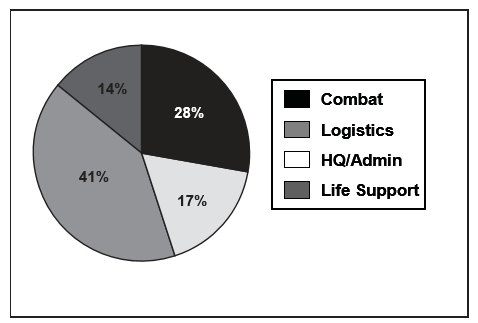
Bottom line, our maintenance and support systems are important, much more so than jumping out of an airplane for currency, or conducting a range to maintain “readiness”. If you want a ready force, make sure they’re healthy, and not facing repertory failure prior to H-Hour, or P-Hour for you Paratroopers out there.
3. Decision cycles and getting ahead of the problem
The most egregious issue we’ve seen in the military, facing the Corona Virus, is the lag time for decision making. COVID-19 moves at the speed of people, this is not a slow moving hoard of bad guys, it’s an invisible germ that hides for two weeks before letting you know you’re fucked. Additionally, some people are asymptomatic while spreading the virus, ala typhoid Mary. Yet, we continue to ask people if they’re symptomatic and take their temperatures while we continue to allow them to share gym equipment and house them in the same building until symptoms present themselves. That’s like asking your creepy uncle to pick up your kid at school and buying a nanny cam afterwards.

Town hall after town hall I watch senior Army Leaders dodge questions and give political answers. The underlying issue is that we lack adaptable leaders willing to address the problems and concerns over optics. Nobody wants to be the general that overreacted or underestimated the problem. They walk a fine line of just enough to get by, and Joe, or even worse, military family members, are paying for it. Some senior leaders went so far as to say Soldiers were “safer in the field”.
/arc-anglerfish-arc2-prod-mco.s3.amazonaws.com/public/6IV4NKSNEFGENCNSTCABSSG4EI.jpg)
Drastic times call for drastic measures, if you ask me, which nobody has, but still, if you ask me, making a decision now is better than waiting for guidance and having it blow up in our face. We’re playing the long game now, we’re talking a two week flash to bang, and our leaders need to be prepared to look at LEAST two weeks into the future to create their vision of success and implement measures to get there.

Here’s a link to the CDC website. Please make sure you guys are keeping healthy and take more precautions than you think. If not for you then for your family and friends that may not react to the virus as you would. Remember the goal here is to slow it down to help the folks in the hospitals catch up to the demand, and we’ve all gotta do our part.



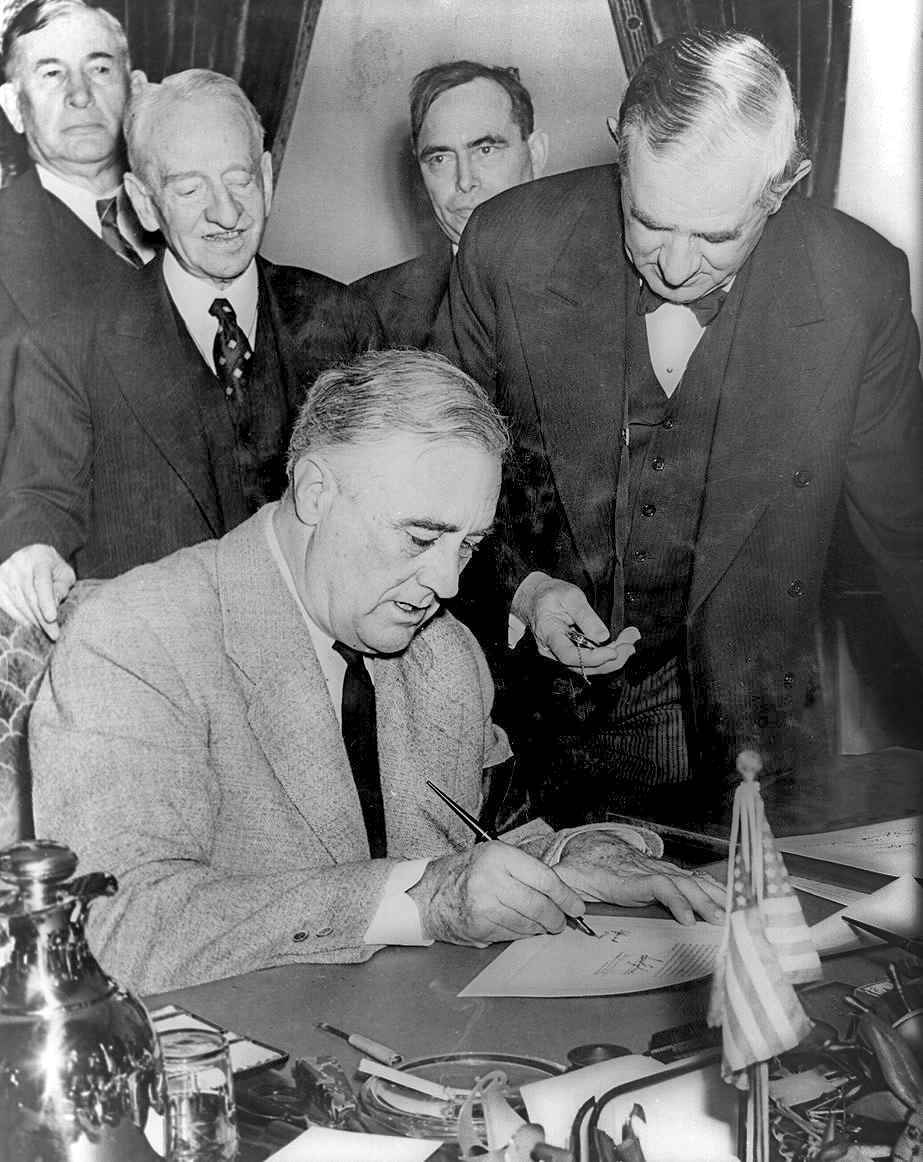
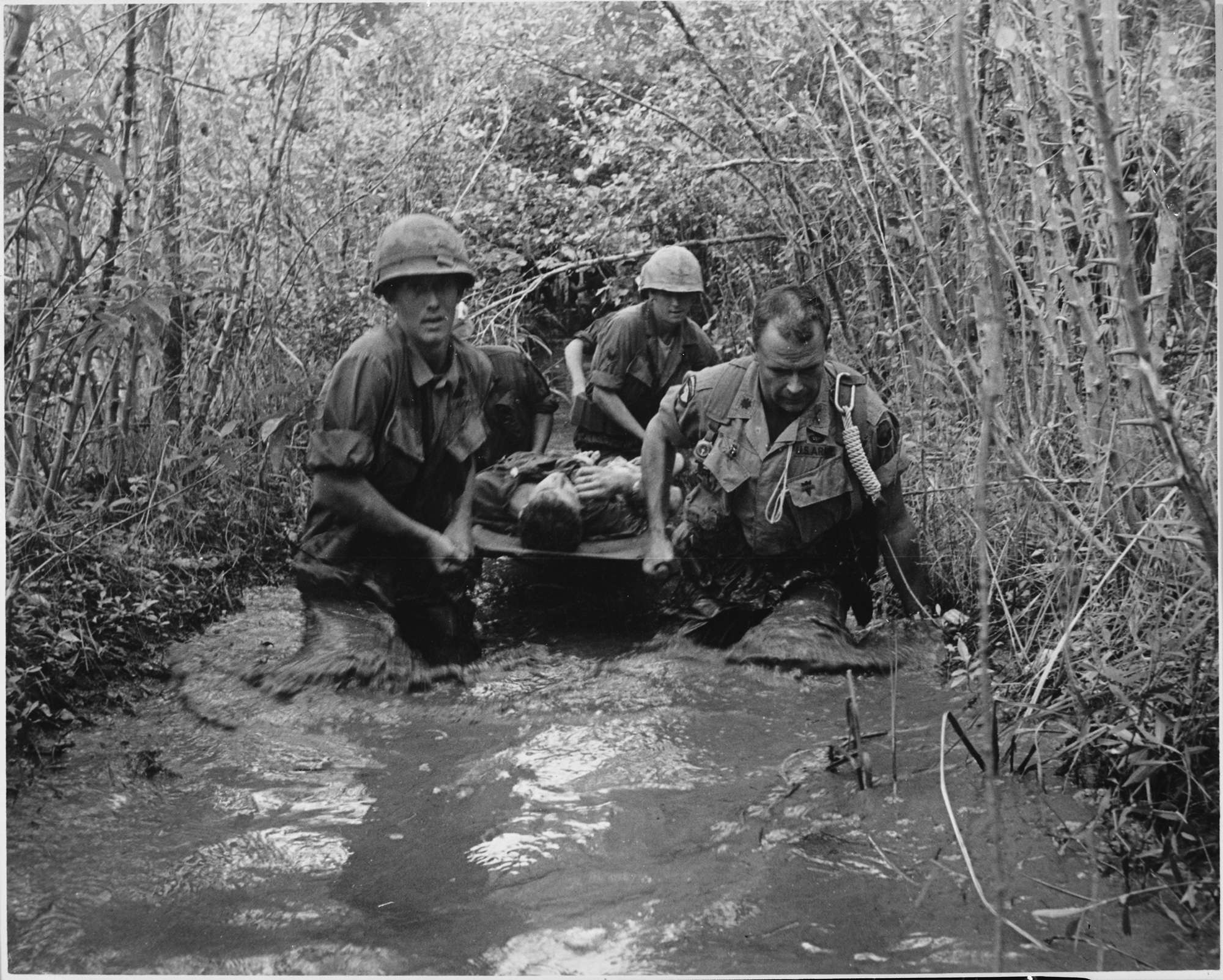

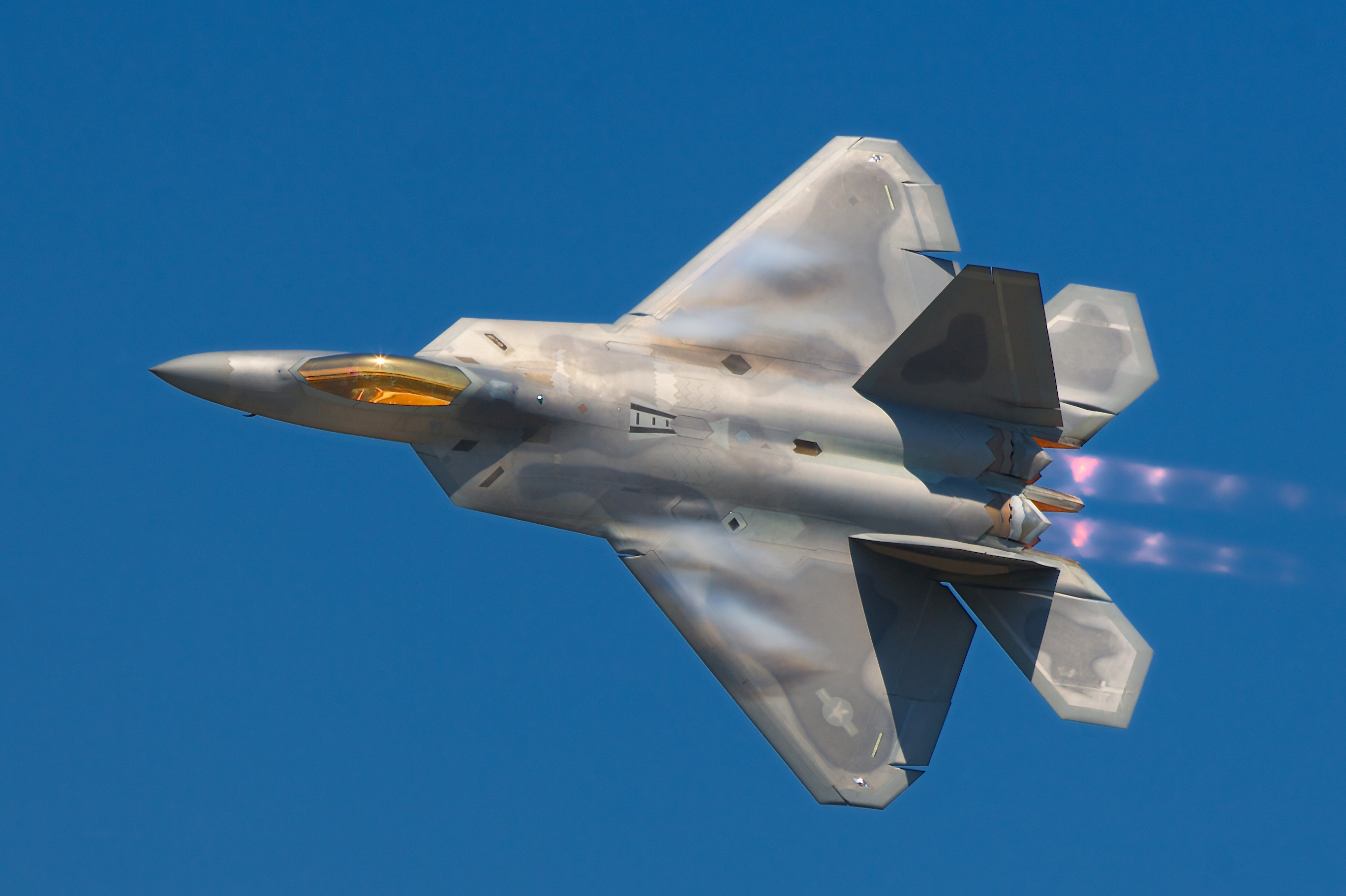
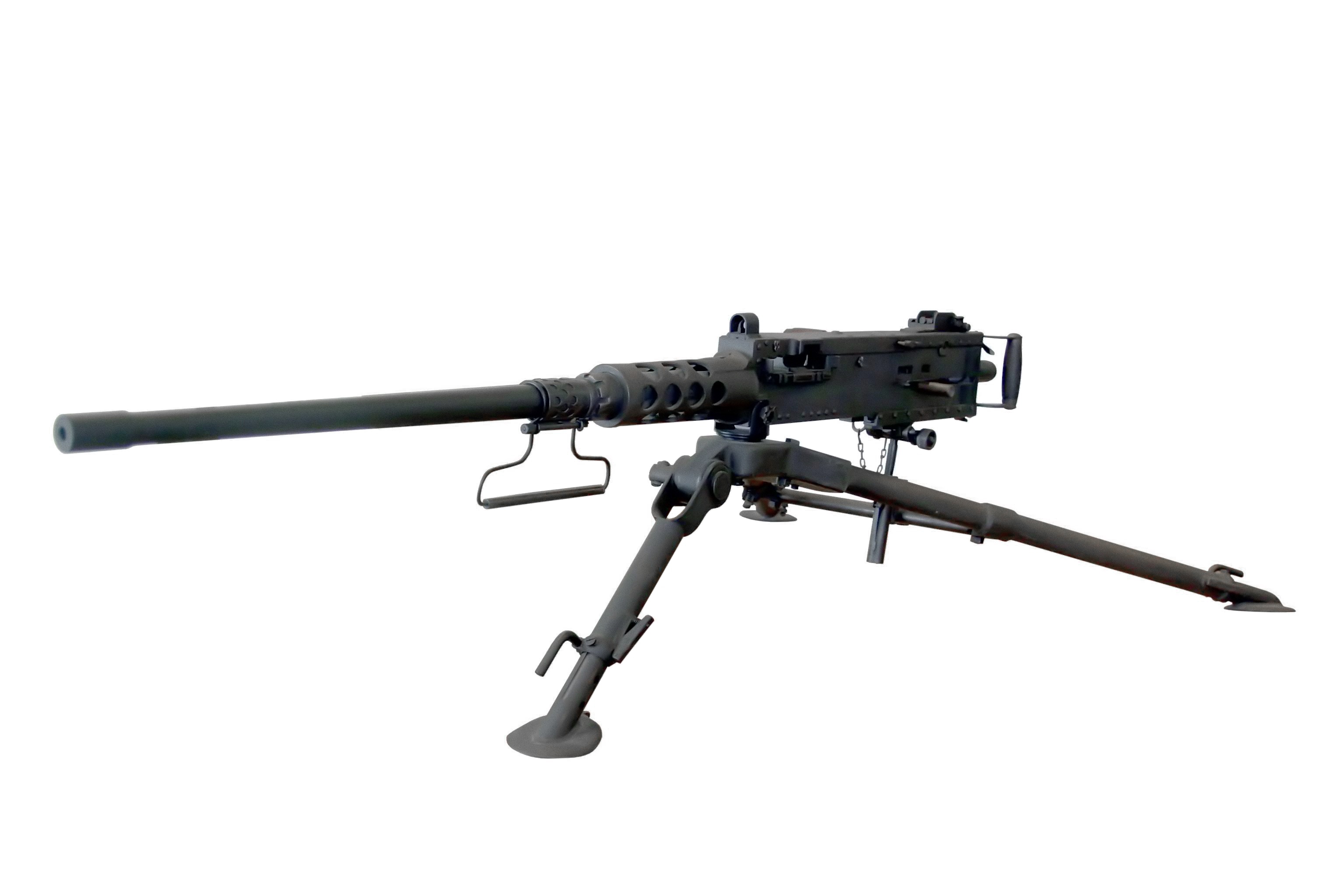
/arc-anglerfish-arc2-prod-mco.s3.amazonaws.com/public/55V34D76TZGNTM32OQEEPE6NNI.jpg)
